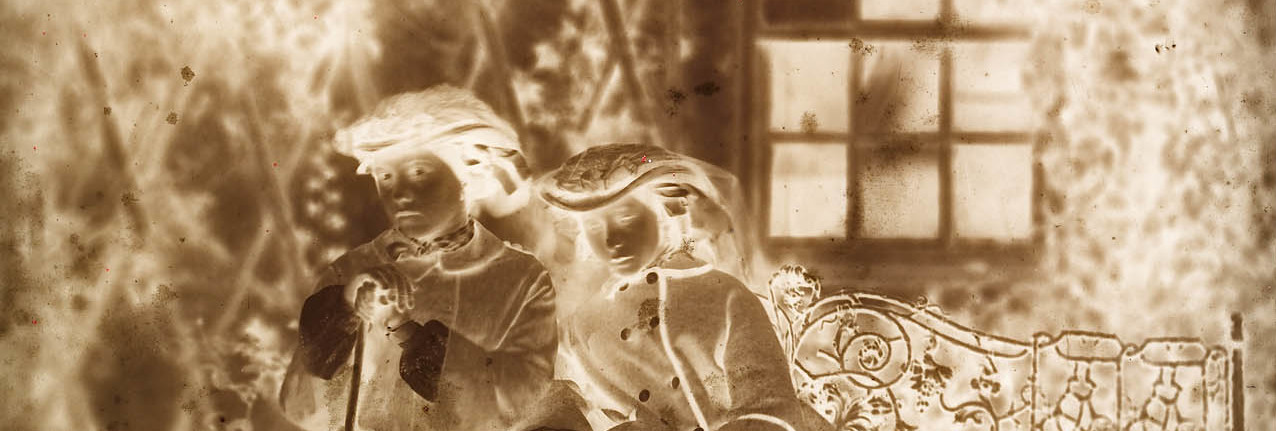
Learn more about the photographic techniques available in the mid-19th century
Carbon print
Despite its widely positive qualities, the albumen print had a propensity to fade. This was a significant concern for photographers. Motivated by the issue, the Photographic Society established the ‘Fading Committee’ in 1855 to investigate the reasons behind fading in photographs, and find a method to stop it. Prince Albert donated £50 to the cause.
In the same year, the carbon process was developed by Louis-Alphonse Poitevin (1819–82). The process consists of covering a piece of paper with gelatin, mixed with chemicals (potassium dichromate) and fine, black carbon pigments. A negative is placed on the paper and the two are exposed to light. The areas exposed to light become hard, whilst the unexposed areas can be removed by washing, exposing the paper support.
Carbon prints were found to be incredibly stable, producing dark, bold prints that were unlikely to fade. For this reason, the carbon print was used by Prince Albert and Queen Victoria to print copies of favourite albumen or salted paper print photographs in their collection. This view of King’s Bridge in Dublin was clearly favoured as a carbon print copy was made. The edges of the original albumen print can be seen beneath the carbon copy.







